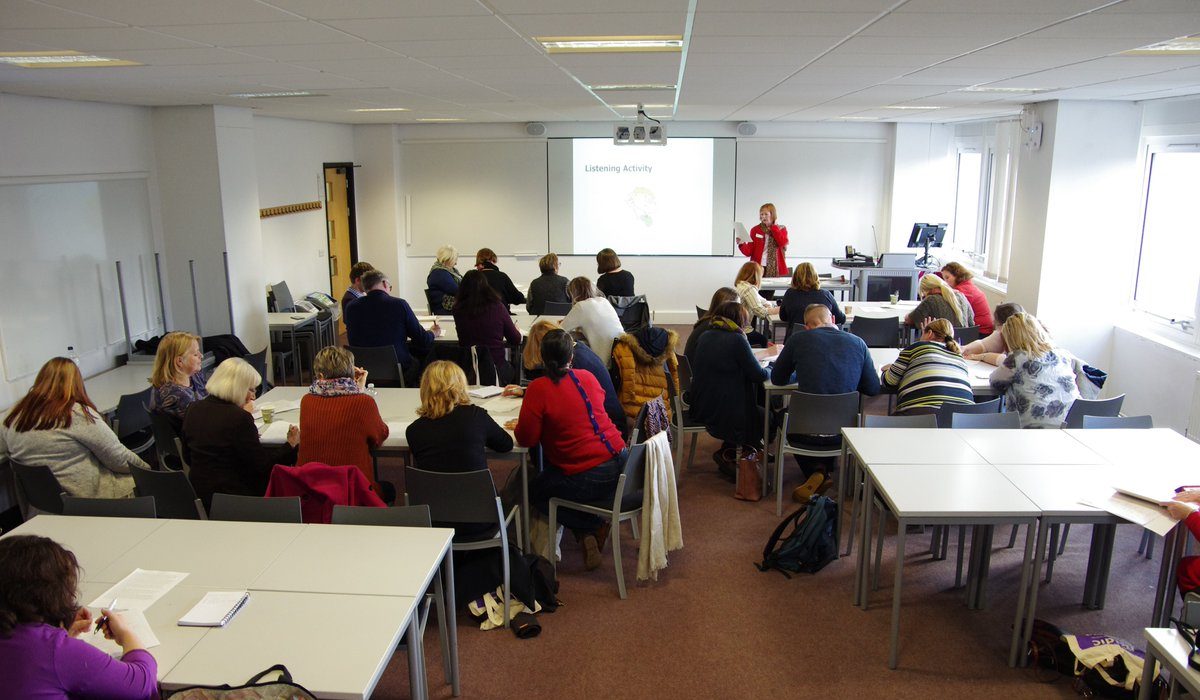
The EAL Journal blog publishes plain language summaries of EAL-related Master’s and doctoral research. In this post Marina Antony-Newman presents a summary of her Master’s dissertation on L1 literacy maintenance and its effects on L2 and L3 development.
Why did you do the research?
This research was conducted as part of my Master’s thesis at the University of Toronto. I was directly motivated by personal experiences as a plurilingual speaker and a parent of plurilingual children, one of whom was enrolled in a French Immersion program at that time. It was clear that the dominant English environment was leading to a gradual first language loss in students like him. Therefore, maintaining interest in the languages through reading was one of the goals of this study. By engaging learners in reading in their first language, I was hoping to see its effect on the development of literacy skills in all three languages (L1, English, French) at their disposal.
Many parents of allophone students (students whose first language is neither English nor French) enrol their children into French Immersion programs. Immersion programmes are a special kind of bilingual programme, in which both English and French are used as the language of learning. They do this in the understanding that bilingualism benefits brain development as well as future employment opportunities. Previous research comparing the French language proficiency of Canadian-born bilinguals, Canadian-born multilinguals, and immigrant multilingual learners in French Immersion programs has shown immigrant children outperforming both of the Canadian-born groups. The more students were using their first language at home, the better they performed in French tests.
This, my study was informed by the following research question: What influence does the students’ use of their first language during literacy activities have on literacy engagement in L1, English and French?
What did you do?
The study was carried out in the homes of the participating children during the ten weeks of summer vacations. Students read literature in their first language and wrote summaries of what they had read using their L1, English and French. These were followed by weekly discussions of their readings, conducted in the first language. At the beginning, students and their parents completed questionnaires to measure how engaged they were with literacy. The effects of the intervention were assessed by comparing scores that the students got before and after the ten-week period on tasks requiring them to describe a picture story using their L1, English and French. Their narrative texts were analysed in detailed error and text analysis. They also wrote mid-project and final reflections which were used to understand their literacy engagement, along with interviews and questionnaires.
What did you find?
The time on task component analysis showed the amount of time and cognitive effort spent reading in the L1, and the results showed that participants read from 228 to 441 pages and spent from 1 hour 30 minutes to 3 hours on writing summaries with the quality of writing gradually improving.
The analysis of affective component demonstrated that they were participating in the project with enthusiasm, which was captured by the audio-recorded discussion sessions and which they openly wrote about in the reflection pieces. For some of the participants their initial extrinsic motivation to participate transformed into personally motivated choice, because it was interesting for them not only to read the stories but share them with the others. They enjoyed reading in their L1 because of the social nature of the project.
While reading, students applied various reading comprehension strategies (asking questions, visualization, connecting to their own experience), they wrote summaries and discussed the stories, all of which proved their cognitive involvement in the process.
Activity-based component analysis included the variability and amount of their reading practices. Initially, the analysis showed that reading in the L1 was uncommon practice for participants. For the duration of the project participants were involved in not only reading as an activity, but in writing summaries, discussing the stories and listening to other students’ stories, all of them increasing the effectiveness of the intervention.
So, the analysis of the four components of literacy engagement for the three languages demonstrated that the use of L1 in literacy activities greatly enhanced L1 literacy engagement and positively affected L2 and L3 literacy engagement.
What does it mean?
Introducing reading in the students’ first language was crucial for their linguistic repertoire. Students used code switching into L2 during discussions in L1 and summary writing, which helped to minimize language barriers (Piccardo, 2013). As a result, it was obvious that the influence of languages on each other increased allowing for the cross linguistic transfer of skills. The research revealed how the languages are interrelated. Engaging the students in reading in their L1 improved their L1, L2 and L3 literacy skills. The most significant changes happened with L1 performance and the students’ increased language awareness positively impacted L2 and L3 literacy development.
Further research focusing on the mutual influence of the languages, if more than two of them are involved in the study, is needed. It would be interesting to incorporate multiple first languages in a similar study. Teachers would benefit from using the students’ L1 more purposefully, incorporating it in various activities in and out of the classroom. Students’ parents could help choosing the good quality reading for their children’s leisure time. Click here to read more about the benefits of reading in the first language.
This is a plain language summary of Marina’s Master’s thesis, which can be read in full here. A report of the study was also published in the International Journal of Bilingual Education and Bilingualism here.


